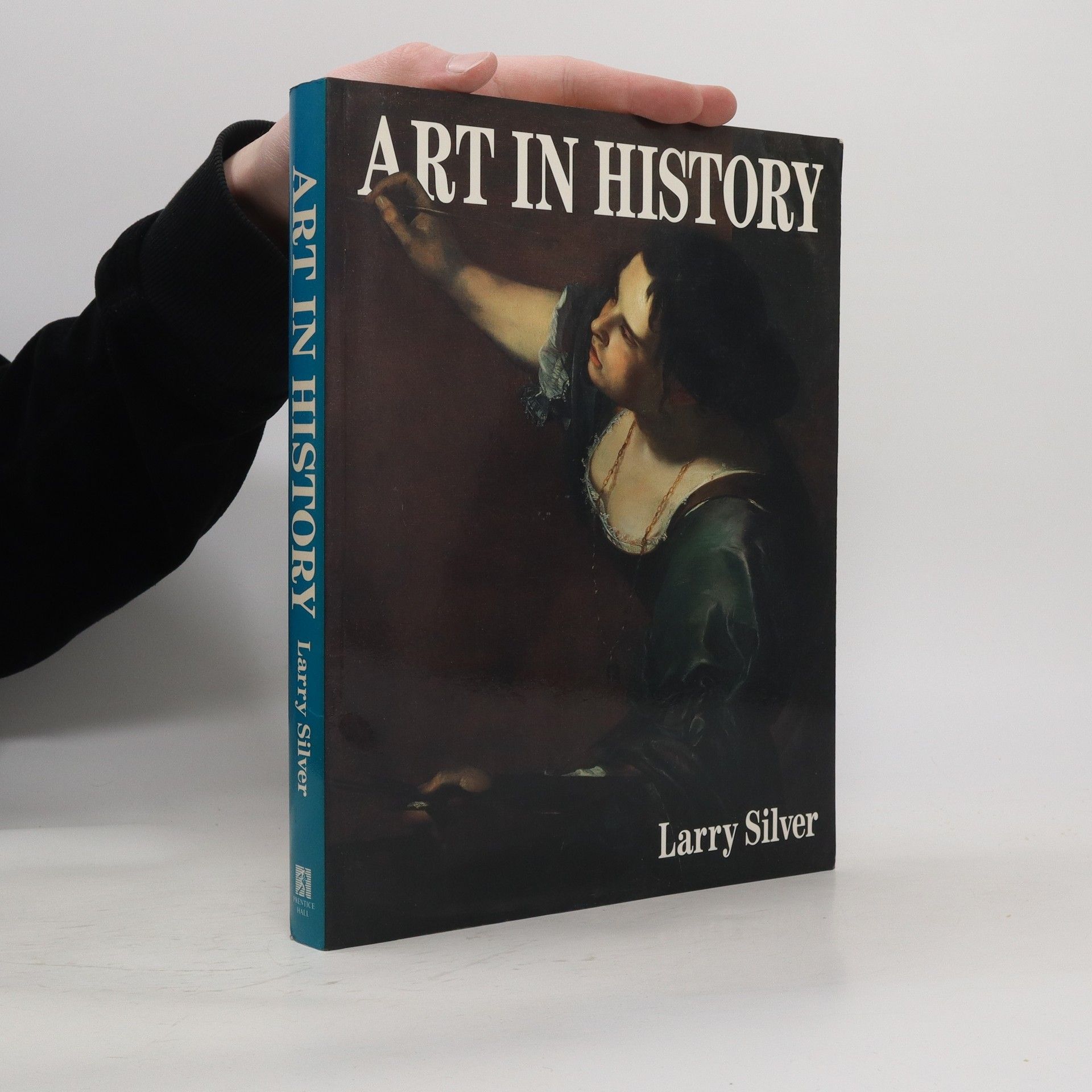Pieter Bruegel
- 464 stránek
- 17 hodin čtení
The book offers an in-depth analysis of Pieter Bruegel's complete works, situating them within the broader context of the art scene of his era. It explores Bruegel's unique contributions and influences, providing insights into his techniques and themes, while also considering the cultural and historical factors that shaped his artistry. This comprehensive study aims to deepen the understanding of Bruegel's impact on the art world and his lasting legacy.

